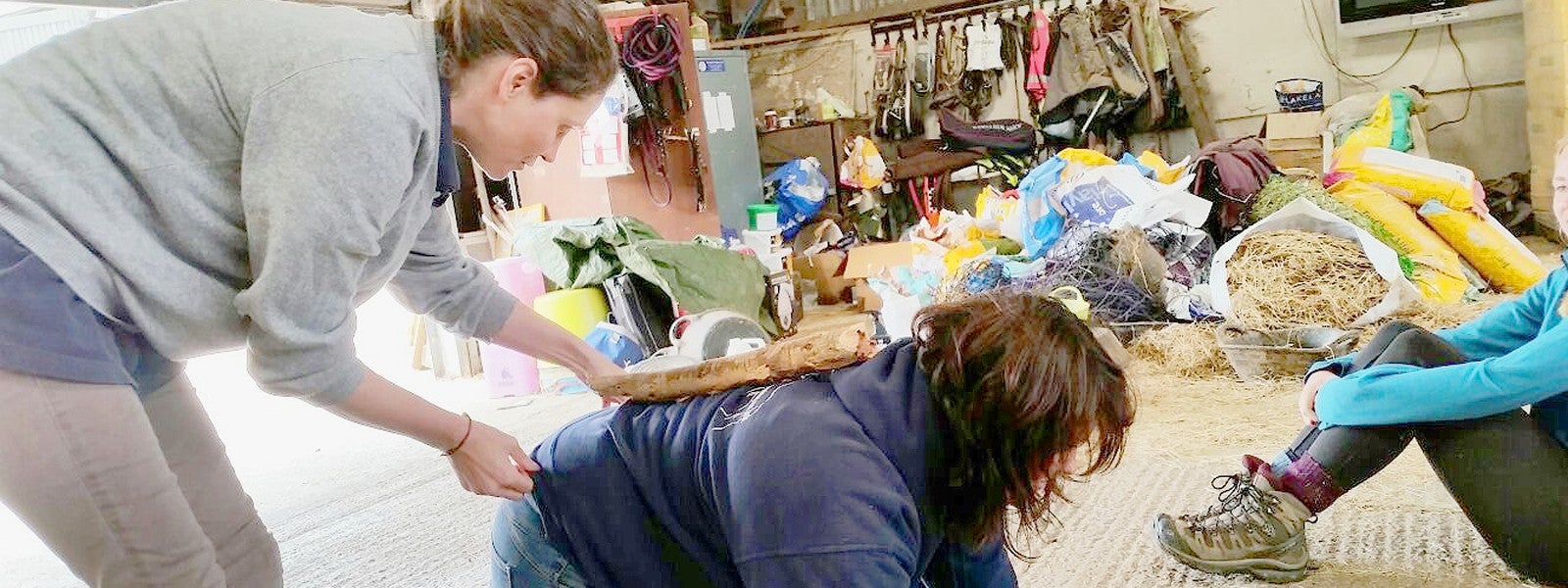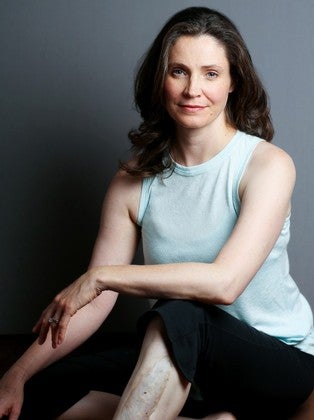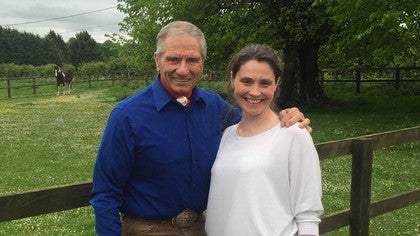
From Studio to Stable, Apparatus to Arena, and Matwork to Mounted
Encouraging the equestrian from the stable yard and into the studio can be tricky. Equestrians are busy people by necessity and nature. They are also creatures of habit: when they muck out, when they feed their horses, and when they ride. Fitting Pilates into this schedule can feel like a mammoth undertaking. However, the Equestrian industry is increasingly recognizing the benefits of Pilates for rider fitness and equine wellness.
There is now acknowledgement for how riding and rider fitness have a direct impact on equine function. The asymmetries and compensatory patterns of the rider can affect the horse's performance and over time, lead to veterinary/Equine Osteopathy intervention.
Using Pilates to increase the performance capabilities of the rider can improve the performance of both partners and the partnership itself, potentially reducing the need for Equine medical call outs.
The Pilates Equestrian: How does Pilates help?
The simplest way to think of a rider's influence on a horse is to consider the impact of carrying the rider. How does the distribution of their body weight affect the horse? Have you ever carried a backpack with uneven straps or uneven weight in it?
Both horse and human spines need flexion, extension, rotation, and lateral flexion. By improving the rider's proprioception and their own spinal movements, along with their balance, alignment, and stamina, they will be able to use their body to influence the movement of the horse in a clearer way.
Unbalanced distribution of the rider's body weight in the saddle can make the use of ‘weight aids' (where subtle shifts of body weight signal a specific movement to the horse) harder to execute correctly and lead to confusion in the horse. The horse cannot determine when a 'weight aid' is being applied or if it is simply incorrect balance and shifting of body weight. This can lead to frustration for both partners. The rider thinks the horse is disobedient when the horse is actually doing exactly what the rider has unconsciously asked it to do.
The more supple, strong, and balanced we are in our own bodies, the easier it is for us to be able to communicate our desired movement simply and effectively. This builds a deeper bond both in and out of the saddle.
What are the common areas to consider when working with an equestrian?
Beginners are often unbalanced in the saddle, simply through lack of experience, nervousness, and anticipation/prevention of a fall. This can create tension and gripping in the legs resulting in restricted movement at the hip joint and pelvis. This ‘blocks’ the rider's seat and may result in tipping backwards and forwards as the rider struggles to maintain a vertical spine.
Intermediate riders tend to have more freedom around the hip joint and pelvis, allowing for movement with the horse. However, stiffness around the thoracic spine can cause the lumbar spine to move more and leave them open to experiencing pain in the lumbar region.
Advanced riders are again more mobile in the hip/pelvis and move more with the horse around their hip joint, but again, they often exhibit stiffness through the upper back and shoulder girdle. Breathing exercises and thoracic mobility are particularly important for finessing the rider at this level.
Whatever the level of rider you are or are working with, consider the following areas:
- Spinal stability/mobility
- Pelvis/hip disassociation
- Hip and ankle mobility
- Knee stability
- Limb disassociation
- Breathing
- Balance
- Stamina
In particular, we need to encourage mobility in the thoracic spine to improve breathing and spinal movement in this area. This is a common area for stiffness across all levels and it impacts the horse greatly. Horses can sense the tension this stiffness causes through the spine to the seat and up into the rider's shoulder carriage, arms, and hands. Horses are sensitive to breath-holding as a sign of nervousness and fear. Encouraging a good breath pattern is a way to prevent tension from being transmitted unknowingly. Exercises to improve the rider's self-carriage without developing/creating unnecessary tension will help to reduce the reliance on the reins for balance and develop a lightness of hands and gentleness in the connection to the horse's mouth.
Ultimately, the quest for Pilates with equestrians is to ensure that when in the saddle they have as much mobility of the hip and pelvis as possible, along with the necessary stability they need to balance their body weight. Pilates develops these skill sets to become unconscious habits. The mixture of alignment and self-awareness improves the rider's depth of seat and confidence. Riding becomes quieter and subtler. Horses respond better, flatwork improves, and in general, the horse/rider relationship can develop into a deeper partnership.
Taking Pilates classes before you ride allows these skills to develop and become unconscious habits. The depth of change and skills required comes from repetition, practice, and familiarity. It pays dividends for those who practice regularly.
It’s time to stop thinking: "get fit by riding" and to encourage the concept of “get fit to ride!”
I have taken the Pilates work into yards and put Mats down in tack rooms. I’ve done Pilates in dusty arenas and used brooms as props. I’ve seen moments of ecstatic realization as an eventer worked out the missing physical movement required to execute part of their dressage test, and I’ve seen show jumpers improve their quick turns by improving their balance and stamina.
Pilates works. The more we can encourage the rider out of the stable and into the studio, the more we can encourage riders to explore Pilates as a complementary discipline and ultimately to discover the power of Pilates for them and their horse.
Comments


You need to be a subscriber to post a comment.
Please Log In or Create an Account to start your free trial.









